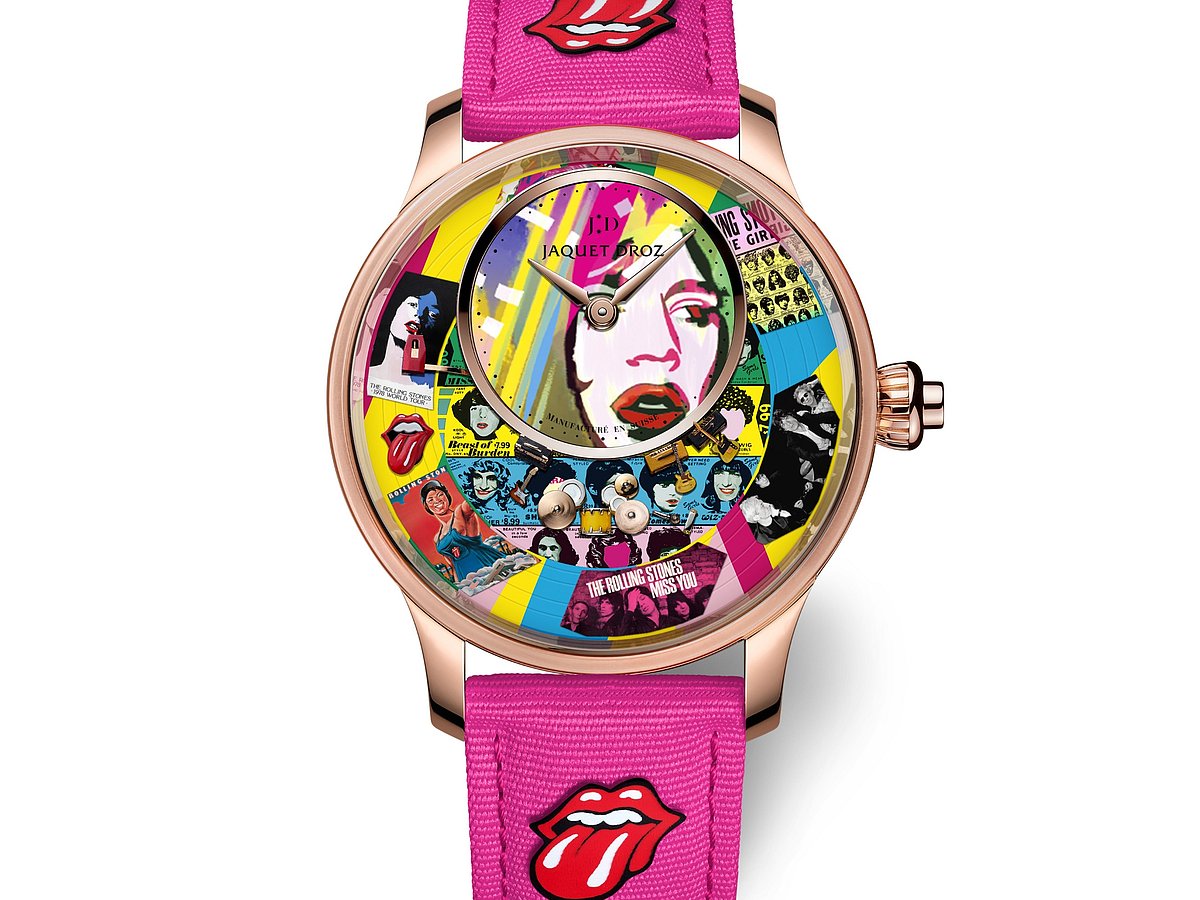To introduce Jaquet Droz to Indian watch lovers would be to call them true-blue disruptors—an exclusive haute horlogerie Maison that has long blurred the lines between watchmaking, art, and emotion. For nearly three centuries, Jaquet Droz has told time through art. Established in 1738 by Pierre Jaquet-Droz, the brand became famous for fusing innovation with its mastery of decorative crafts. From its mesmerising mechanical automata and ornate enamel dials to poetic métiers d’art masterpieces like the Grande Seconde, and Bird Repeater, Jaquet Droz built a legacy where time itself became an expression of emotion. Once catering to European royalty, to now catering to ultra-exclusive watch collectors such as Mick Jagger, for whom they made the Rolling Stones watches and Jon Bon Jovi, for whom they made The Tourbillon Skelet Red Gold–Bon Jovi, the brand, which sells timepieces at an average price of around half a million, now imbibes the concept of personalisation and horological hospitality. From bringing alive Japanese gardens to unfurling blooms set with hidden diamonds to animating singing birds and dragons in motion, Jaquet Droz continues to craft timepieces for the kings and queens of today—those who believe in quiet luxury.
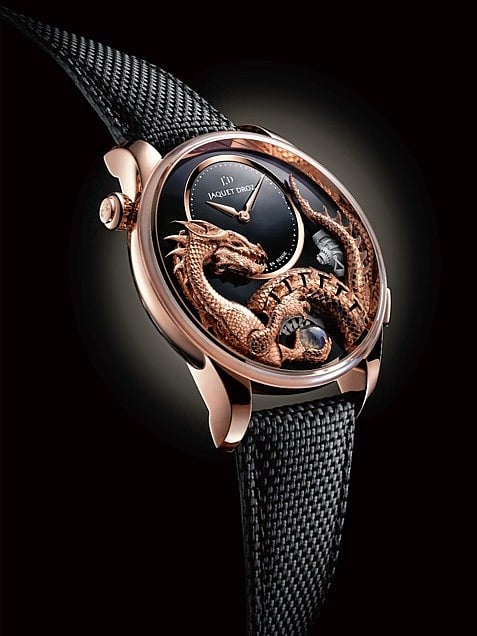
Today, guided by CEO Alain Delamuraz, the Swatch Group brand stands at a pivotal juncture, having moved beyond traditional retail and distribution. They create one-of-one timepieces, born through an intimate collaboration between the collector, artisans, and artists. In India, for a special showcase of some of their timepieces, we speak with Delamuraz about the brand’s bespoke philosophy, its disruptive legacy, and what lies ahead for collectors in India.
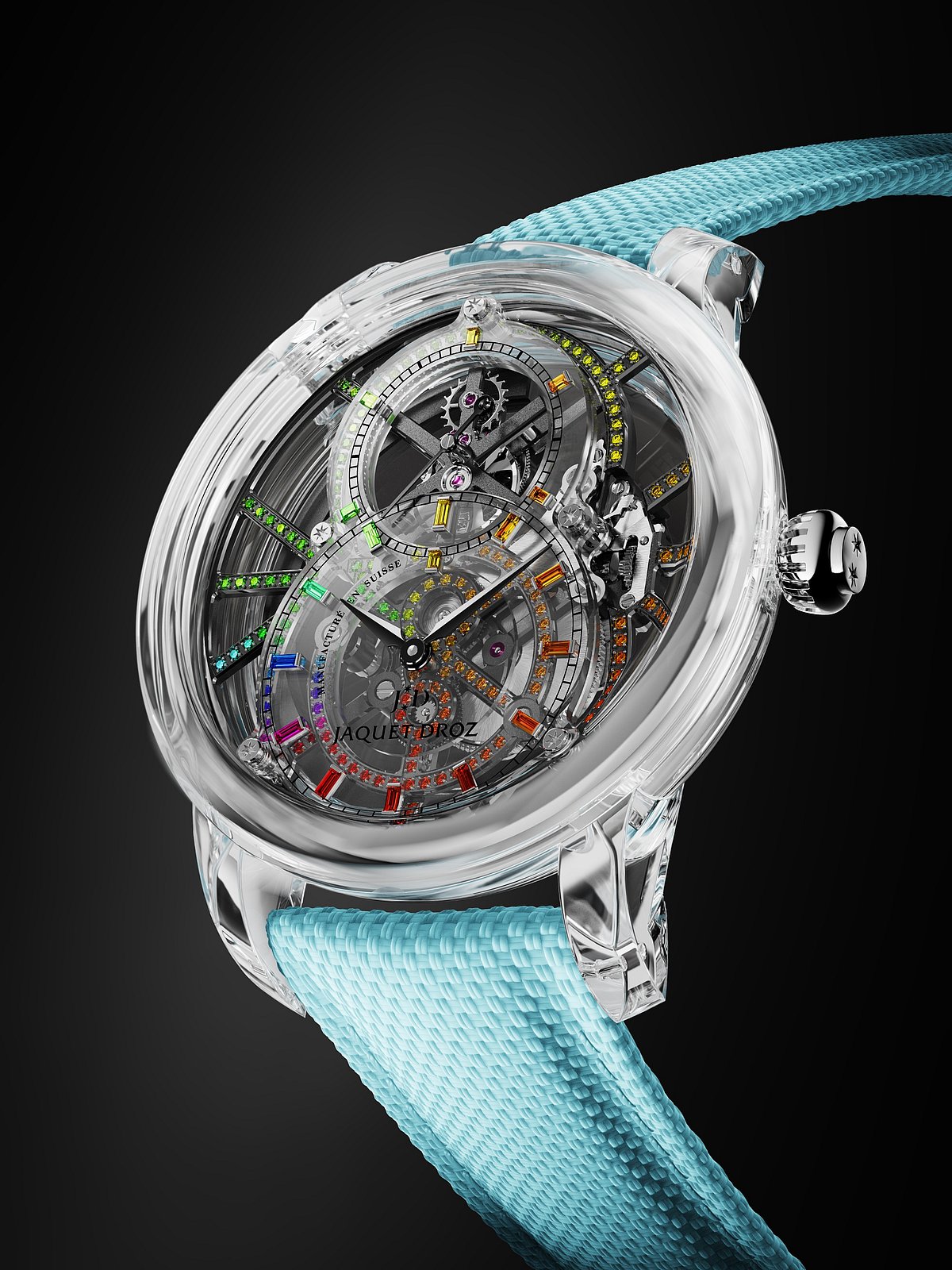
Tell us about the watches that you have brought to India?
We no longer create pieces that we sell directly. Every Jaquet Droz watch today is made in collaboration with the final customer—it’s a one-to-one creation. What we’ve brought here isn’t inventory for sale; it’s a showcase of our savoir-faire—examples of what we can do. These pieces demonstrate our capabilities in automata, engraving, miniature painting, and other métiers d’art. They serve as inspiration for collectors to imagine their own bespoke creation with us. Just like the watch I am wearing, The Tourbillon Skelet Ceramic-Skull Pointillism, which is crafted entirely from pure sapphire with no screws at all. It features an eight-day tourbillon movement. The skull motif you see is in gold, engraved and then hand-painted by one of our artists. Of course, the subject can change—another painting, another engraving—it’s entirely customisable.
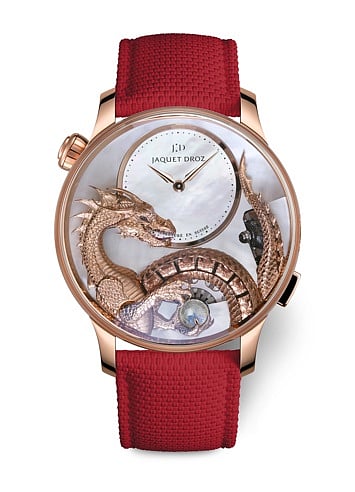
How does moving away from retail and traditional distribution work for the brand?
It’s not about market strategy or geography—India, China, or Europe. It’s about staying true to our DNA. Our philosophy is a dialogue between our technical prowess and our artisanship: artisans who work with precision down to microns, and artists who follow instinct and imagination. Together, they create something timeless. We find collectors around the world who resonate with this ethos.
How do you see India as a market for high complications of Jaquet Droz?
India has tremendous potential. Collectors here are increasingly knowledgeable, curious, and have a great cultural appreciation. They understand what we do and respect it deeply—that makes me very optimistic. We’ve created concepts featuring motifs such as the elephant and Lord Krishna for Indian audiences, which can be interpreted through various arts like painting or engraving. These are still designs, not finished watches. For example, we could develop a Krishna scene on the same movement as some of our automatons. We’re exploring more Indian inspirations in the future.
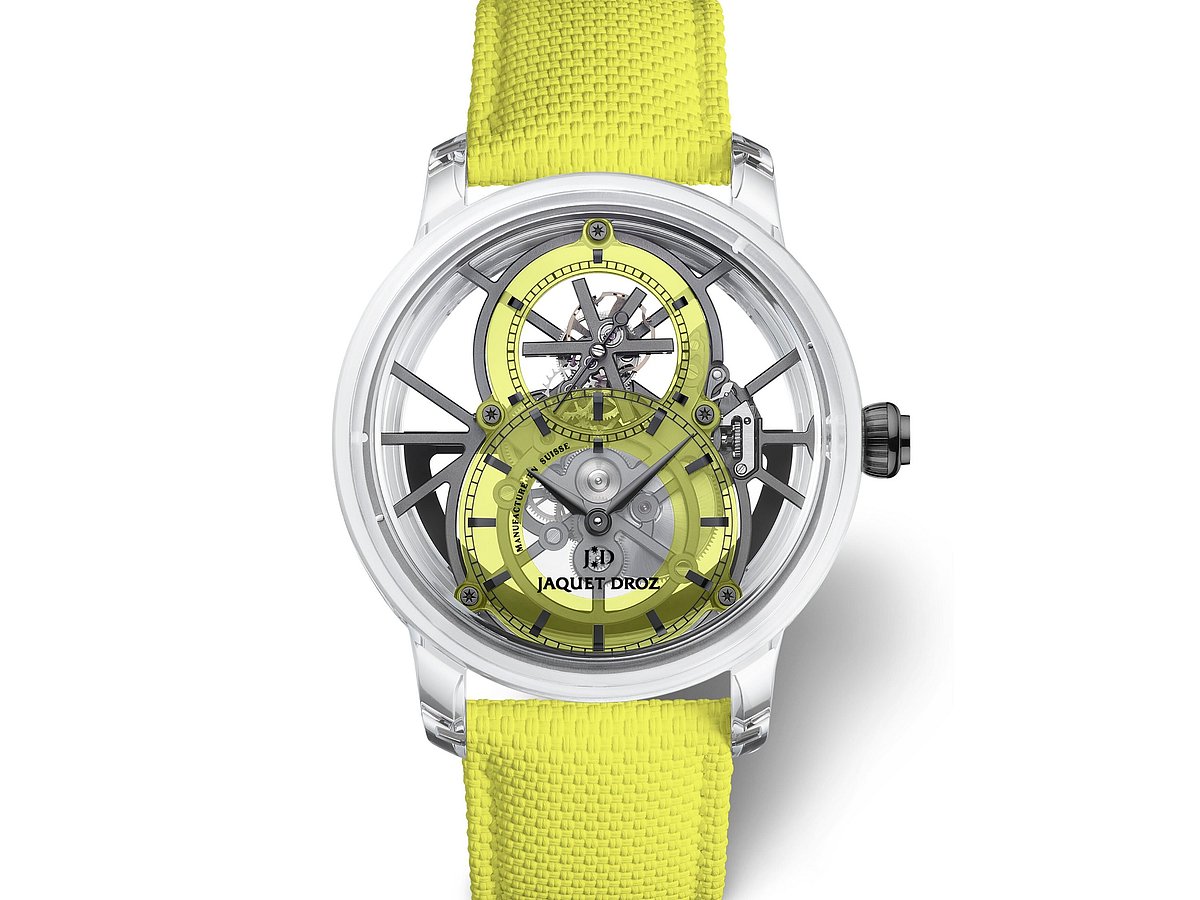
Without retail points of sale, how do collectors place orders or engage with the brand?
It’s a gradual process, built through personal connections and ambassadors of the brand. We don’t produce millions of watches but only around 100 pieces a year. Each one is made one-to-one—human to human. Collectors speak directly with me, with our artists, and with our artisans. That’s how relationships and bespoke creations are born at Jaquet Droz.
How long does it take to complete an order?
It depends entirely on the complexity. If someone wants an existing watch design with some tweaks, it can be immediate. If they request a variation—say, a new engraving or painting—it may take longer. A completely new creation can take months or even years. There’s no limit to creativity or time.
